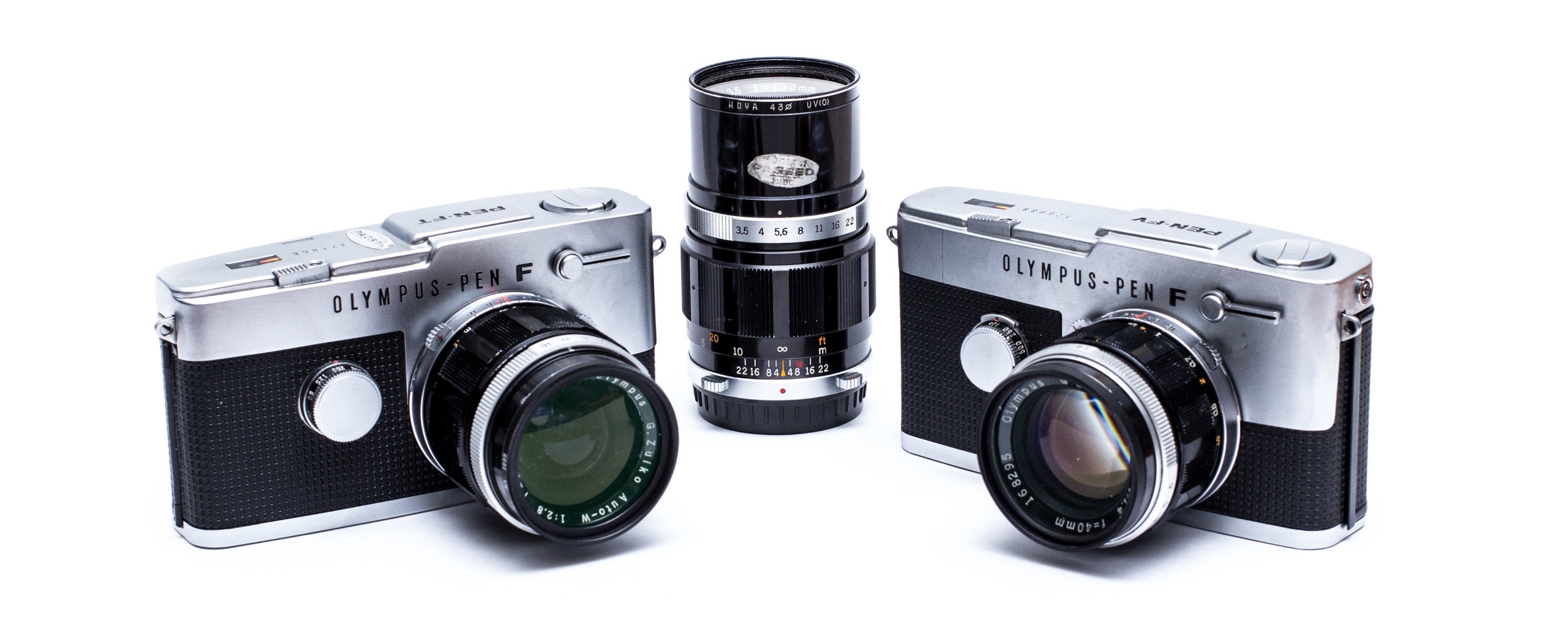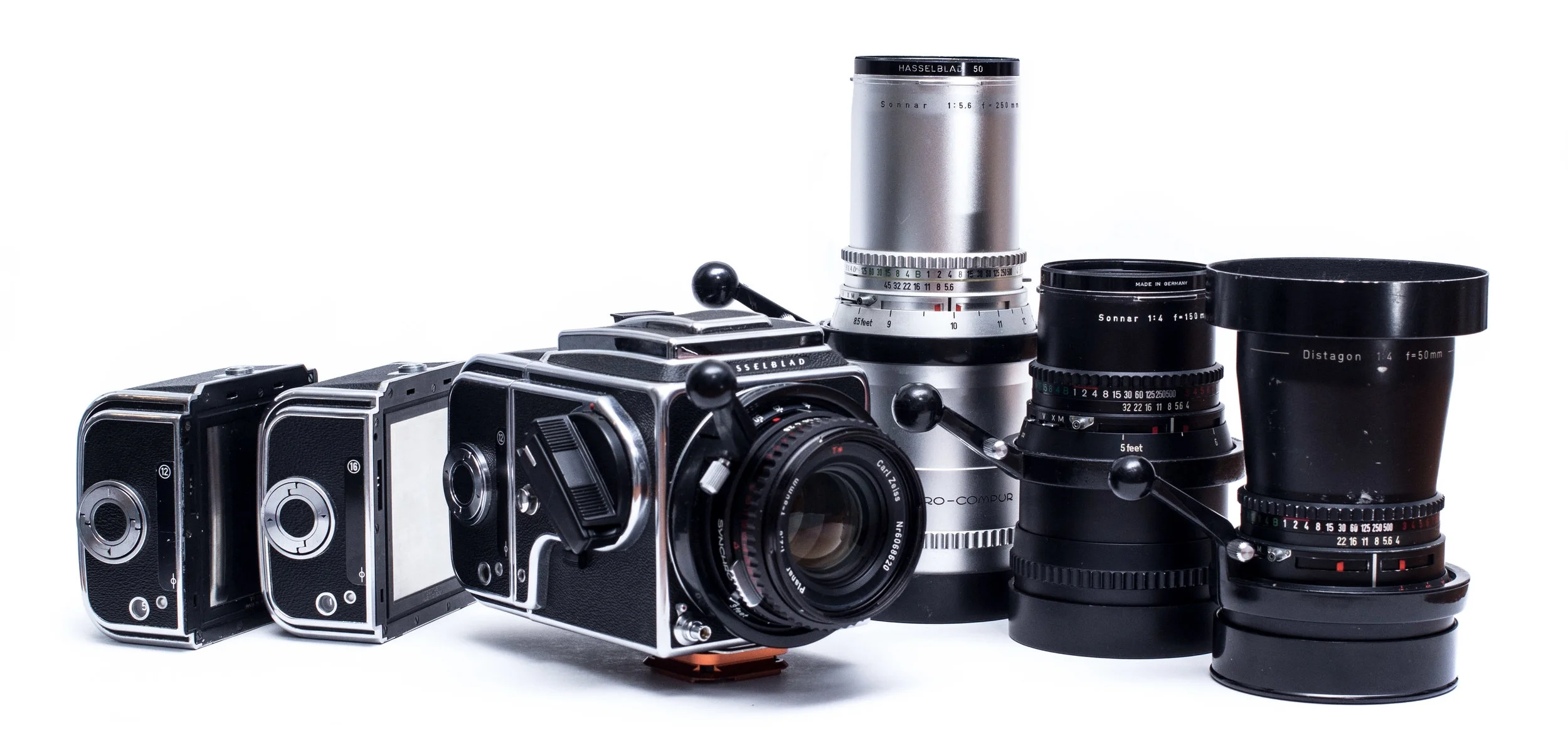The Olympus Pen ticked a couple of feature boxes when it was released in the 1960s. It was smaller than regular reflex cameras, and it doubled the number of shots you could fit on regular 35mm film by using a half-frame format similar to how motion-picture is recorded to 35mm film. They almost look like a rangefinder camera, but retain the advantage of through the lens viewing.
What is it good for?
- Economy. Having 72 shots on a roll of film has many advantages like packing less film on vacation, changing rolls less often and halving the cost of film.
- Experiments. Having lots of frames available reduces the relative cost of shooting film. So this is my go-to camera for testing shutter speeds for star trails, lightning, night shots or water motion. If any shots are visually appealing beyond their experiment value, they are still high enough quality for small prints or publishing on the web.
- Image orientation. With most cameras, landscape orientation is the default and I find 90% of my images are horizontal. Laziness or camera ergonomics are the reason, I guess. The Pen frame is in portrait by default and, surprise surprise, 90% of my images are vertical. It is good to switch things up.
- Size. This camera is only slightly smaller than a regular 35mm slr, but the lenses are also smaller. A Pen FT and 3 lenses fit in a small pouch making it a perfect kit for travel.
What's the compromise?
- Image quality. With images half the size of full-frame 35mm, the grain is amplified and the images look grittier. This could be desirable depending on your preferences, but it is very noticeable. This relegates the camera to experiments, test shots and non-critical work like vacation snapshots.
- Focusing. The viewfinder is small and focusing is a bit trickier than using a camera with a larger mirror.
What's in my camera bag?
- Cameras: Olympus Pen FT, Olympus Pen FV,
- Lenses: 25mm f2.8 Auto-W, 40mm f1.4 Auto-S, 100mm f5.6 Auto-T
- Accessories: 43mm 8x ND filter, 43mm circular polarizer, UV filter for each lens, cable release



